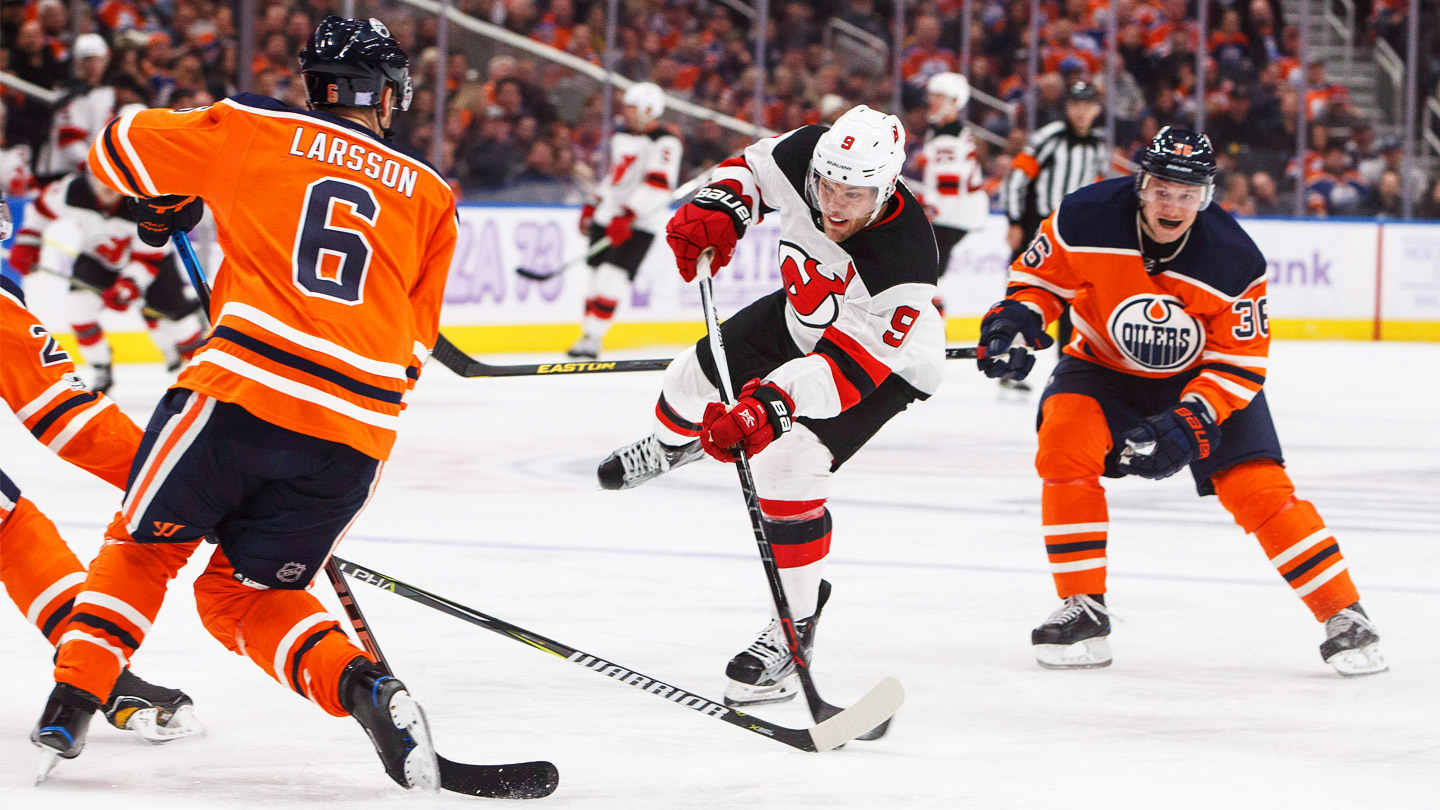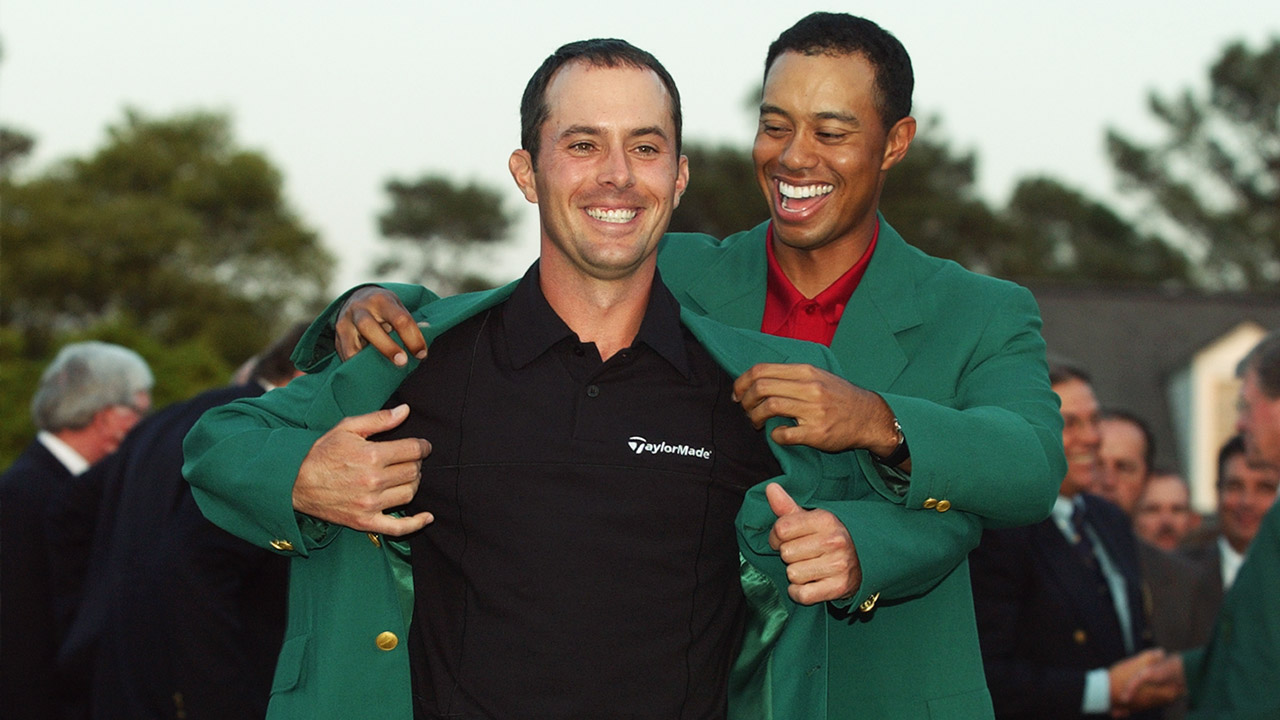It might be a project, like this lanky 19-year-old defenceman on the ice at a suburban rink on a Tuesday night. The kid went to school this morning and later finished practice with his major-junior team. In hopes of making the grade as a pro, he’s putting in extra work on his own time with an ex-NHLer watching, taking notes and shooting video of this kid going through drills. The ex-NHLer isn’t here out of the goodness of his heart but rather on assignment from the team that drafted the blueliner. His message: “Everything has to be done so fast at the next level. You have to find a split second here, a split second there.”
It might be a prize prospect, like this college freshman, a teenager who’s just money to play in the NHL sooner rather than later. This kid tore up a game on Saturday afternoon and that night sits in a restaurant at a table for two watching his game shift by shift on his phone. Across the table is a former pro, a journeyman who played a long time but never a shift in the NHL. He’s telling the young phenom what to expect at the next level, what those who made it had to do and how those who should have made it stumbled along the way. His message: “You’re on track. This is how to stay on track.”
At some point, in-season or out, in every time zone and seemingly every latitude in the hemisphere of hockey, there’s a player trying to get better and an NHL team trying to make him better prepared to contribute. There are hundreds of conversations, phone calls and text messages — most between the staff of the NHL team and the draftee, but many with coaches, agents and parents. For the players, there are ongoing consultations with nutritionists, weight-training experts and sports psychologists. The topics covered are fine technical points or simply life skills.
The NHL is a multi-billion-dollar business and you know it involves more than the game on the ice. What plays out in the arena and on the video screen is the end product. As is what we’ll see this spring: young players who will have prominent roles on contenders. Yes, for the Canadian teams, there are those who stepped right into the league — in Toronto, Auston Matthews; and in Winnipeg, Patrik Laine. That’s just NHL life as we know it. But the contributions of players found outside the 10 top picks, or outside the first round completely, could prove pivotal in the post-season. In Winnipeg, it’s a rookie, Kyle Connor, the 17th overall pick in 2015; in Toronto, defenceman Travis Dermott, the 34th selection in that same draft. Connor was bound for a year of college hockey before signing his first entry-level deal, while Dermott was in the Ontario Hockey League. They took contrasting routes and figure to play different roles, but they’re all in the same place — positioned to help playoff teams as NHL freshmen.
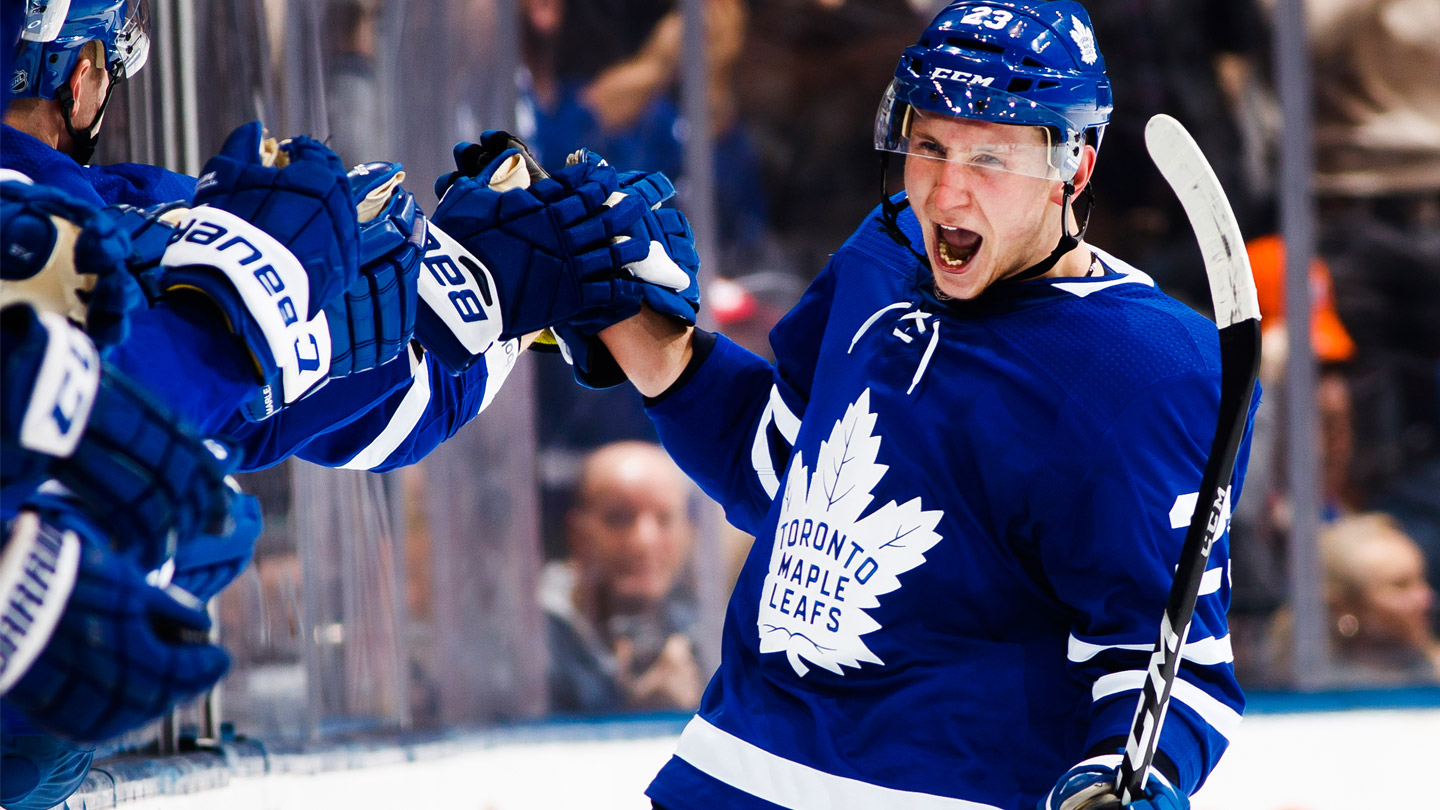
As with any athletic enterprise, the game that we see played for the Stanley Cup has always been but a fraction of the action. The iceberg metaphor has ever been operative: For every hour on the ice watched by millions there were hundreds of hours out of view. A team’s scouts are lauded for landing big talents in the draft and slammed when touted prospects don’t live up to the hype. What we don’t really see these days is the shaping of the player after he has been drafted. Why those in player development aren’t as celebrated as scouts is yours to guess. One possible factor: Someone schooling a prospect doesn’t have quite the same stealthy air of intrigue as a scout out in the field. Another: Among the other professional sports, only baseball has any sort of equivalent position, the roving instructor in the minor leagues. If public awareness of and interest in NHL player development are on the rise, fans are still playing catch-up to execs around the league.
Even decades ago, player development involved more than just selecting a kid at 18, sending him back to junior to ripen, letting him cool his skate heels in the minors a season and then giving him a taste of the league at 21 or 22. But, back then, maybe not a lot more. “After I was drafted by the Bruins [in 1990], they had Jean Ratelle watch my games [at Ferris State University] for four years,” says former NHLer John Gruden, now head coach of the Hamilton Bulldogs. “Jean would come up to me after a game, shake my hand and ask me how I was doing. But that was it, the only real interaction I had with the team.”
It wasn’t just that way for late picks like Gruden. Says Dan Cleary, a first-round pick of Chicago in 1997: “After training camp in September, I didn’t really hear from the team during the season at all. I was basically on my own.”
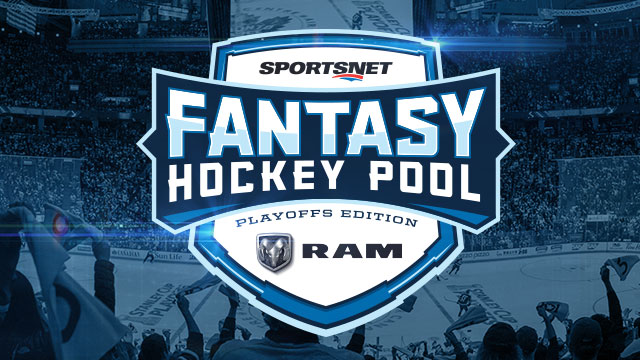
Sportsnet Fantasy Hockey Pool
Enter now to win the ultimate grand prize: an all-new 2019 RAM 1500 + $25,000 cash!
Click here to enter FOR FREE
That dynamic has been turned inside out in the modern NHL. It’s no coincidence that the Jets and the Maple Leafs, the two Canadian teams in the playoffs this spring, are models of player development. Their AHL teams were once far-flung but now reside in the big clubs’ backyards, where management and staff can keep a close eye on future assets. “If you’re a draft-and-development team, then you have to commit to supporting the talent,” Winnipeg assistant GM Craig Heisinger says. “You have to set them up to succeed as best you can, in any way you can. You want the players to feel like they’re part of the team from the time that they’re drafted, to know the names and faces and voices … so we’re making the adjustment to being here in the first year [with the big club] as easy as possible. And we want to know those players as well as we possibly can.”
Maple Leafs general manager Lou Lamoriello concurs. “Player development has always been there and, really, it’s the only way to build a team,” Lamoriello says. “You need a good minor-league affiliate with the right coaching where you establish the right culture. What’s really changed is the number of people working in player development … It’s amazing the level of instruction that players have before we draft them, even as 12- or 14-year-olds. We have to build on that.”
The catalyst for this push in player development came in 2005, when the rules on the ice and on the business side of NHL operations were radically changed. “With the salary cap, young players with entry-level contracts were more important, and now the league’s younger than ever,” Detroit GM Ken Holland says. “With the rule changes, the game opened up and now it’s faster than ever.”

Heisinger suggests that there’s something beyond knowledge of the game and a work ethic required for those who work in player development. “You want them to have a story to tell,” he explains. Which is to say, he wants staffers who’ve lived a little in the game, known adversity and learned from it. “Working with young players would be a lot harder for someone who had been a natural, who had everything going for him [and had] the game come easy to him,” says Jimmy Roy, who focuses on the amateur side of player development for the Jets. That’s the consensus opinion of executives, and you see it reflected in staffs around the league.
In Detroit, Jiri Fischer took on a job in player-development after a near-fatal in-game cardiac arrest forced him to retire. When Fischer moved over to another department, the Wings brought in Cleary and Shawn Horcoff. As Ken Holland describes them: “Shawn was a fourth-round pick who played his way onto an NHL roster, made it right up onto the first line and even was a useful guy on a fourth line at the end of his career. Dan was a first-round pick who made this team on a tryout [after] he had bounced around the league and looked like he had run out of chances. He winds up being a key player for us on a team that won the Cup.”
Cleary sums his current role in Detroit up simply: “I try to be the voice in the ear [of prospects] that I didn’t have starting out.”
In Winnipeg, along with Roy the Jets have Mike Keane. Keane’s story is known — undrafted out of junior, a Cup winner with three different teams, someone who, with nothing to prove, seemingly wouldn’t let go of the game, playing five seasons with the Manitoba Moose after his NHL career ended. Keane’s career was seemingly built on not a lot of skill and a ton of will. Roy’s story is less known: A winger from Sioux Lookout, Ont., Roy was a tenth-round pick of the Dallas Stars back in 1994 and played his first nine pro seasons with the Moose, the last as a teammate of Keane. From there, he played five seasons in the German league. Though Roy never played an NHL game, he played with dozens on their way up and dozens on their way out. “To get a young player to buy what you’re telling him you have to be credible and you have to convince them you’re sincere,” Roy says. “It’s trust at a couple of different levels.”
Keane mostly works with players on the Moose’s roster, while Roy takes up the amateur side — they’ll cross over for a couple of weeks a season. Some player-development guys will get on the ice. Roy is one who does not. He serves more as a prospect whisperer. “I believe it’s about the lines of communication with players, developing relationships,” he says. “You can get on the ice with players in junior and work on aspects of the game, but I leave that to the coaches.”
With Kyle Connor, Roy didn’t have a real choice in the matter — while U.S. college coaches are generally open to input from NHL development staffers, NCAA rules prohibit players from working out under their direction. The Jets drafted Connor out of Youngstown in the USHL, and he went on to play a season at Michigan where he tore it up: 35 goals and 36 assists in 38 games. Connor effectively outgrew NCAA hockey over the course of his freshman year. With Connor, Roy’s challenge was to manage expectations — a kid who has that much success might consider himself ready for professional primetime. “We got together six or seven times that season [at Michigan] and we talked about his game,” Roy says. “We went back and forth over the phone and by email on a regular basis, after every game. I watched all his games on video. I had to lay it out there that there’s attention to details that you have to learn at the next level. He was such a dynamic player at Michigan, but I told him that the NHL game is so much faster — he was going to have to skate faster than he needed to in the NCAA and the decisions on the ice have to be made faster, too.”
While Connor skated in 20 games and picked up a couple of goals with the Jets during the 2016–17 season, he put in most of the winter with the Moose. He arrived at training camp last fall readier to play in the NHL than the season before, and his 31 goals were second only to Laine’s 44 on the team. “Kyle needed a year to gain some strength and fill out a bit,” Roy says. “He needed that season with the Moose. It was experience he wasn’t going to get with the big club. That’s not something some teenagers want to hear, but if you win their trust, if they believe you have their best interests in mind, they’ll understand and buy in. It’s getting them to take bad medicine.”
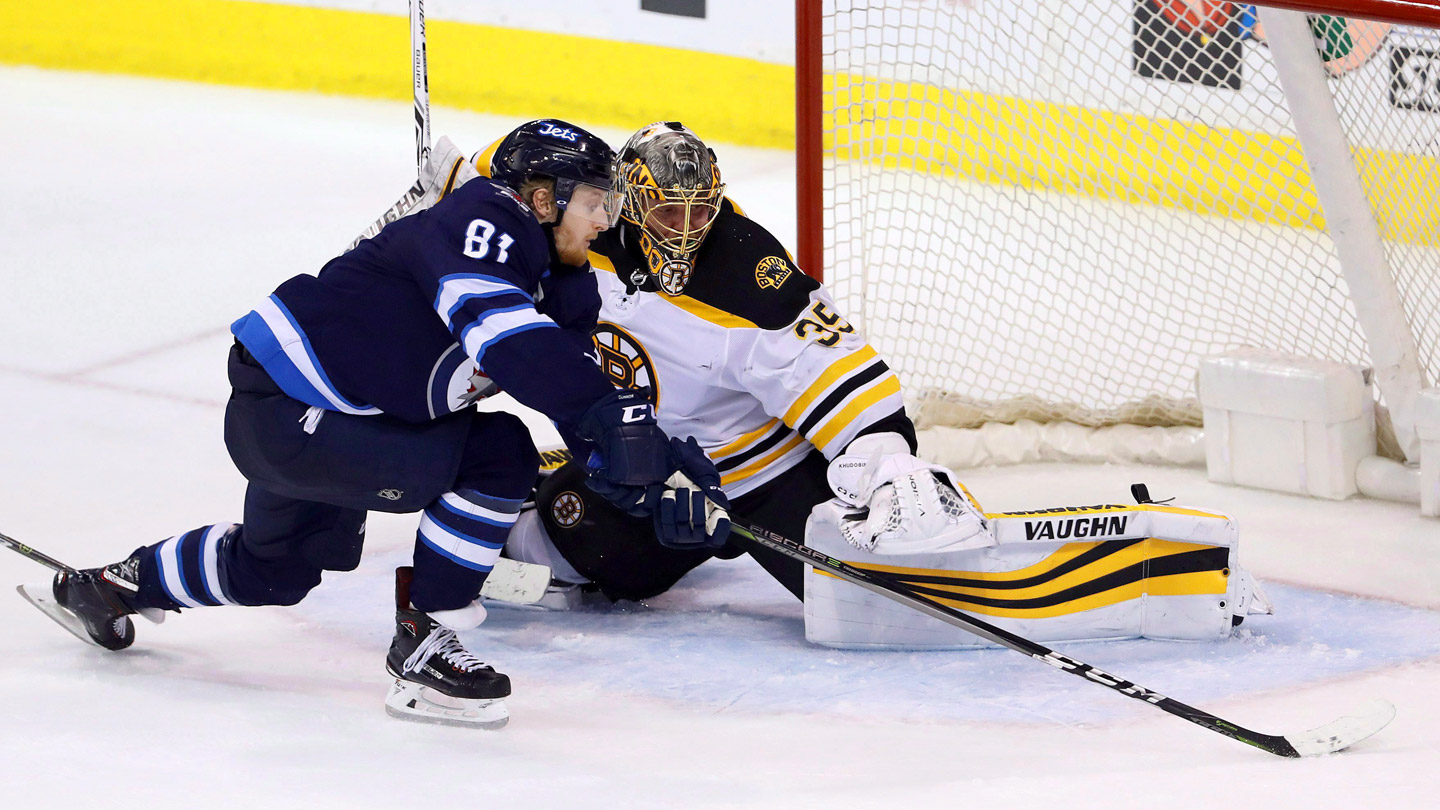
One of the most interesting and unexpected stories for the other Canadian playoff team has been the emergence of a player who wasn’t on the radar like Kyle Connor had been. When the Leafs selected Travis Dermott 34th overall out of Erie in 2015, the defenceman from Newmarket seemed a bit of a reach given that NHL Central Scouting had him slotted 46th among North American skaters. And he didn’t jump out when you watched the Otters, though it was easy to get lost in the Connor McDavid light show. When I watched Dermott in a few games with the Marlies in his first professional season, I wondered what his pro upside would be — he struggled coming off a high-ankle sprain. Since joining the Leafs in January, though, Dermott has won a spot over veterans and logged more than 18 minutes of ice time in nine of his 37 games while posting a plus-16. Moreover, his skating and puck-handling have been so impressive it’s no big jump to slot him as a second-pair D-man on a Cup contender. Coach Mike Babcock has repeated, to no one’s surprise, that Dermott’s ice time will ride on his play in his own end, but given that he’s in only his second pro season, he’s ahead of schedule on that count. When Dermott was called up, he was ready not just to play but also contribute.
What the Leafs did to prepare Dermott they’ve also been doing with the other defencemen they’ve drafted from the OHL. Lamoriello goes to great pains to emphasize that the Leafs are an equal-opportunity organization. “Every player gets the same attention and support, whether it’s getting feedback on their play from our development coaches or training programs,” he says.

Case in point: The Leafs selected defenceman Nicolas Mattinen from the London Knights in the sixth round of the 2016 draft, and he might fairly have been viewed as a project. A native of Ottawa, Mattinen was listed at six-foot-four and 220 pounds when he was drafted and figures he’s grown an inch in the meantime. He’s also been traded twice during that time — from London to the Flint Firebirds and from there to the Bulldogs — but throughout he has been working with the Leafs development coaches on his game.
“Every couple of weeks at least, I’ll meet with Stephane [Robidas, Toronto’s assistant head of player development] and [Leafs skills development coach] Mike Ellis,” Mattinen says. “We’ll view video of my games and break it down and then get on the ice and work on breakouts or defensive positioning. A few times [away from Bulldogs’ practice] I’ve been on the ice with Stephane and Mike, and Stephane will bring the iPad right out on the ice to show me what I’m doing and what I should be doing — it’s a huge difference being able to see it and visualize what you’re supposed to do when you have that to work with. If they’re at games, we’ll talk after. If they’re not, I’ll talk with Stephane over the phone and I’ll fill out a self-evaluation of my game, view the video in an app with him talking over it … a point here, a point there.”
Another case in point: The Leafs used a second-round pick last June to pick up another defenceman, this one even bigger than Mattinen: Eemeli Rasanen, a six-foot-seven, 225-pound Finnish import with the Kingston Frontenacs. Rasanen is clear about the aspects of his game that need the most work and it’s probably what you’d expect of a player of his height: “My skating and my footwork.”
To that end, Rasanen and other Leafs prospects, including Mattinen, spent a few weeks in the summer working with the Leafs’ training staff on a strength-and-conditioning program. He also spent hours on the ice with Barb Underhill, the former figure-skating champion who works with Leafs prospects on their mechanics. “I watched video with Barb and she showed me how my posture was wrong,” Rasanen says. “My posture is probably not great anyway but for skating it was holding me back. Even just in a few sessions I could feel a difference. I could see the difference in the videos.”
Perhaps a player like Dermott would be exactly where he is right now, on the blueline of a playoff team, if he had been left to his own devices or sought out personal trainers and skills coaches on his own. As Jimmy Roy in Winnipeg says: “The best will figure out what it takes given the time.” But in today’s NHL, player development is all about keeping players on a schedule.

